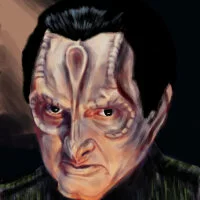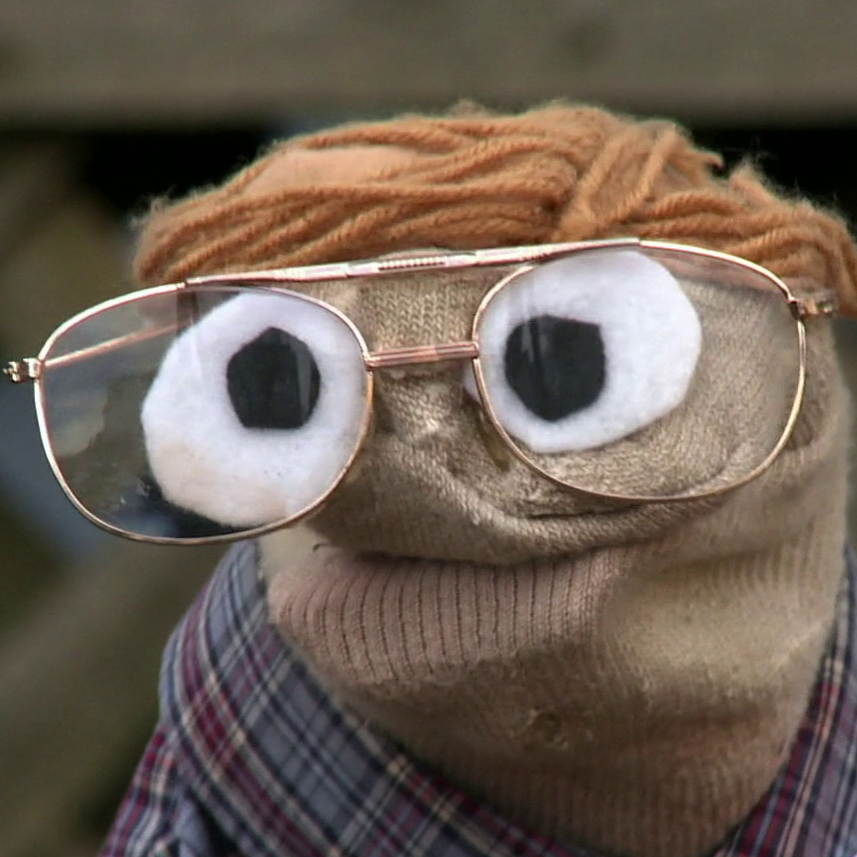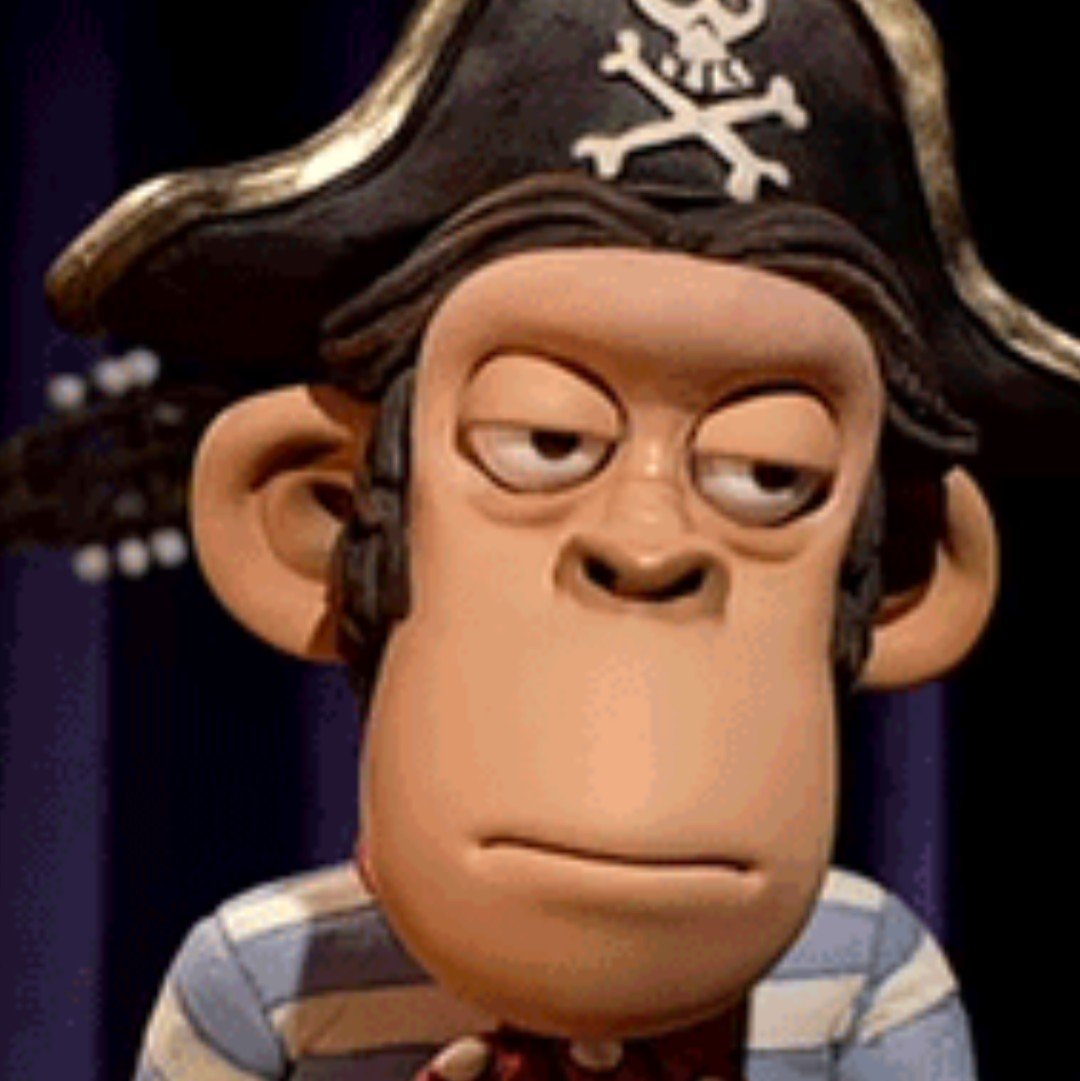What if we never found the Rosetta Stone and could not read ancient Egyptian hieroglyphics. Could computers or AI decipher them today?
Given that the AI we have is prone to making things up because it “fits” according to the models it trains on, how much faith would you have in a translation done by an AI on writings made by people who lived millennia before said language models were developed?
Don’t confuse modern LLM models (like ChatGPT) with AI. As the saying goes:
All Buicks are Cars, but not all Cars are Buicks
LLMs are a form of AI, but there is a lot more going on in the world of AI than just LLMs.
That’s a good point, and you’re right that I’m conflating them.
What other elements of AI would you imagine would be useful here?
You’d have to ask people who work in the AI field, and, alas, I’m not one of those people.
There has been a lot of language work on attempting to reconstruct the original Indo-European Language, using combinations of pattern recognition and statistical analysis of child languages. Those sorts of tools could aid in deciphering a dead written language.
https://en.wikipedia.org/wiki/Proto-Indo-European_languageHowever, another written language called Linear-A (of the ancient Minoans) has yet to be deciphered, despite lots of attempts at trying.
https://www.thoughtco.com/linear-writing-system-of-the-minoans-171553So:
¯\(ツ)/¯
to expand your point, the sole job of an LLM is to, when given a sequence of words (e.g. half a sentence), predict what the next several words should be. the model has no concept of what English words mean, so instead it makes this prediction based on statistics that were derived from basically reading through hundreds of thousands of English sentences
TL;DR LLMs don’t understand languages, they’ve just memorized statistics about them
No. Link between sign and meaning (or sound) can be arbitrary.
If we knew that they were phonetic, we could get somewhere by comparing how human languages generally work, but even then we would need something to start with.
I’m guessing pure pictographs are harder, even with advanced comparative analysis.
Yes, it has already deciphered some languages and is even being used on animals now.
I would say no, the computers would have no dataset/code to decode a picture-based language like hieroglyphics. I mean if you programmed and tailored the computer algorithms enough it could decode them, but you’d practically have to take all our knowledge of hieroglyphics and turn that into code and data to brute-force the computer to do the translation.
Here’s what ChatGPT 3.5 says:
The Rosetta Stone played a crucial role in deciphering Egyptian hieroglyphics because it provided a key to understanding the script by presenting the same text in three different scripts: Ancient Greek, Egyptian hieroglyphics, and demotic (a simplified script used for everyday purposes). This allowed scholars to correlate the known Greek text with the Egyptian texts and begin to decipher the hieroglyphics.
A GPT-based AI, while powerful in many ways, would likely face significant challenges in deciphering Egyptian hieroglyphics without access to something akin to the Rosetta Stone. Here’s why:
-
Lack of Direct Contextual Data: GPT models learn from a vast amount of text data, but the historical and contextual gap between modern languages and ancient Egyptian hieroglyphics is enormous. GPT models might not have enough direct or relevant data to bridge this gap.
-
Limited Multilingualism: GPT models, including their previous versions like GPT-3.5, do not inherently “know” multiple languages the way humans do. They have learned statistical patterns in text, which enables them to generate text in multiple languages but doesn’t guarantee deep understanding or translation of highly specialized languages like hieroglyphics.
-
Lack of Connection to the Rosetta Stone Context: GPT models lack the ability to access external sources or historical events, which is what made the Rosetta Stone so invaluable in deciphering hieroglyphics. Without access to that kind of contextual information, it would be difficult for the model to make the necessary connections.
-
Complex Symbolic Nature: Egyptian hieroglyphics are not a straightforward language like those GPT models are trained on. Hieroglyphics use a combination of ideograms, phonograms, and determinatives to convey meaning. The complexity of hieroglyphics goes beyond the syntax and structure of modern languages, making it a unique challenge.
In summary, while a GPT-based AI could perform some basic statistical analyses on hieroglyphics to identify patterns, it’s unlikely to decipher the script in a comprehensive and accurate way without a Rosetta Stone-like source that provides a bridge between the ancient script and a known language. Hieroglyphics represent a highly specialized domain that would require deep contextual understanding, which GPT models might struggle to achieve given their current capabilities.
-








